Caring for cymbidium orchids, including both the standard cymbidium and the Chinese cymbidium (Cymbidium sinense), can be a deeply rewarding experience. These elegant plants are known for their stunning, long-lasting blooms and graceful foliage. While they have a reputation for being a bit demanding, understanding their core needs makes successful cymbidium orchid care entirely achievable, even for enthusiastic beginners. Let's walk through everything you need to know to keep your orchids thriving.
Lighting: The Foundation of Growth and Blooming
Getting the light right is the single most important factor in triggering your cymbidium to flower. These orchids enjoy bright, indirect light. Think of the dappled sunlight they would receive under the canopy of trees in their natural habitat.
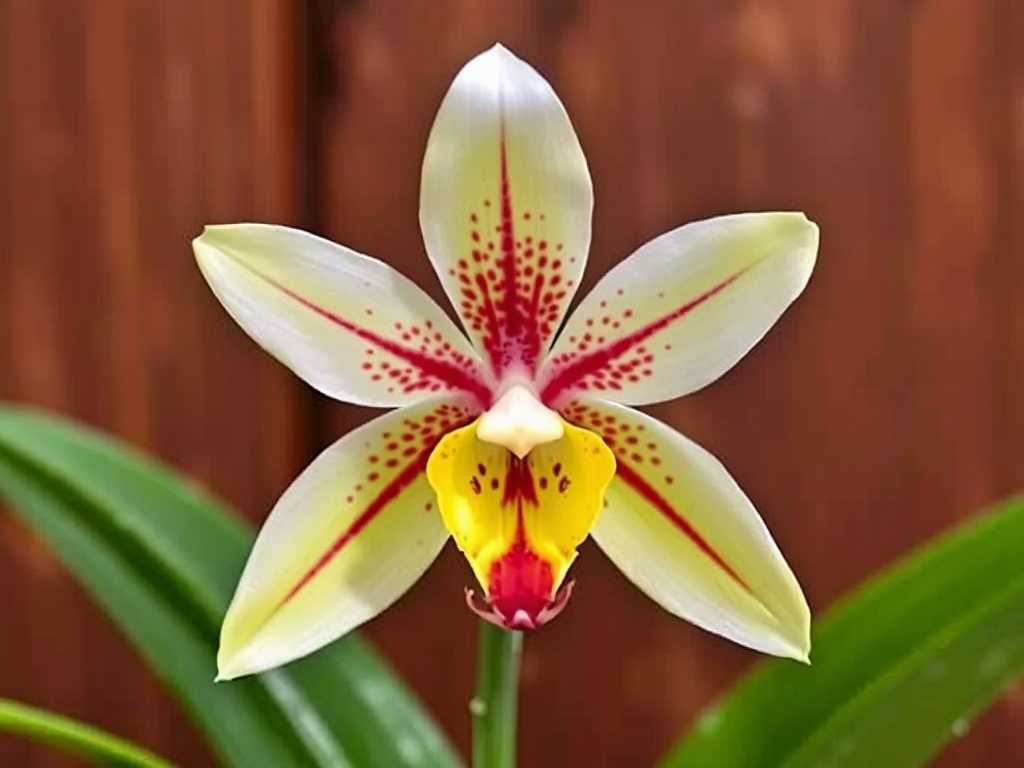
A south or east-facing window is often ideal. If you only have a west-facing window, you may need to diffuse the strong afternoon sun with a sheer curtain. A key sign of sufficient light is the color of the leaves. They should be a vibrant, light to medium green. If the leaves are dark green and lush but the plant isn't blooming, it's likely not getting enough light. Conversely, if the leaves are turning a yellowish or bleached color, they are getting too much direct sun, which can scorch them.
During the summer months, when the sun is most intense, moving your potted cymbidium outdoors to a shaded patio can be perfect. Just remember to acclimate it gradually to prevent shock. Providing the correct light conditions is a fundamental step in learning how to make cymbidium orchids rebloom year after year.
Temperature: The Secret to Flower Spikes
Temperature plays a crucial role, especially in the fall, for initiating flower spikes. Cymbidiums appreciate a distinct difference between day and night temperatures.
During the growing season (spring and summer), daytime temperatures of 75-85°F (24-29°C) are fine. However, as autumn approaches, you need to provide cooler nights. A consistent drop to 50-60°F (10-15°C) for several weeks is the primary trigger for bud development. This is the most critical piece of cymbidium orchid temperature requirements for blooming.
If you are growing them indoors, you can achieve this by placing them in a cool room or even near a slightly open window on cool autumn nights. For gardeners in mild climates, leaving them outdoors to experience the natural seasonal shift is perfect. Without this cooldown period, your orchid may grow beautiful foliage but will likely refuse to bloom, which is a common challenge in indoor cymbidium care.
Watering and Humidity: A Delicate Balance
Watering is where many new orchid growers feel uncertain. The goal is to keep the potting mix evenly moist during the active growing season, but not soggy. A good rule of thumb is to water thoroughly when the top inch of the potting medium feels dry to the touch.
The frequency will change with the seasons. You might water once a week in the summer and reduce it to every 10-14 days in the cooler, darker winter months. Always water in the morning, allowing water to flow freely through the drainage holes. This ensures the roots get hydrated and any excess drains away, preventing crown rot. Using lukewarm water is best, as cold water can shock the roots.
Cymbidiums also appreciate moderate to high humidity, around 40-60%. You can increase humidity by placing the pot on a tray filled with pebbles and water (ensuring the pot sits above the water line), grouping plants together, or using a small room humidifier. Proper watering and humidity are key to preventing common cymbidium orchid problems like root rot or dry, crispy leaf tips.
Potting Mix and Repotting: A Cozy Home for Roots
Cymbidiums are semi-terrestrial orchids, meaning they don't grow in trees like epiphytic orchids but in well-draining debris on the forest floor. Therefore, they should never be potted in regular potting soil. They require a very open, fast-draining medium that allows air to reach the roots.
A specialized cymbidium orchid potting mix is typically composed of materials like fine bark chips, perlite, charcoal, and sometimes sphagnum moss. This mix provides the perfect balance of moisture retention and drainage.
You will only need to repot your cymbidium every two to three years, or when the potting mix breaks down and becomes soggy, or when the plant has clearly outgrown its pot—a condition known as being "pot-bound." The best time to repot cymbidium orchids is right after they finish flowering, usually in the spring. Choose a pot that is only slightly larger than the previous one, as too much space can hold excess moisture. When repotting, you can also divide large clumps to propagate new plants, a process known as cymbidium orchid division.
Feeding: Fuel for Growth and Flowers
To support their robust growth and spectacular flower spikes, cymbidiums are heavy feeders. A consistent feeding schedule is part of essential cymbidium orchid fertilizer guidelines.
During the active growing season (spring and summer), feed your orchid with a balanced, water-soluble orchid fertilizer (such as 20-20-20) at half-strength every two weeks. As the growth slows in the fall and winter, reduce feeding to once a month. Some growers like to use a fertilizer with a higher phosphorus content (like 10-30-20) in the late summer to early fall to further encourage blooming.
Remember the golden rule of orchid feeding: "Weekly, weakly." This means using a diluted solution more frequently is far better than a full-strength dose that can burn the delicate roots. Flush the potting medium with plain water every month to wash away any accumulated fertilizer salts.
Troubleshooting Common Issues
Even with the best care, you might encounter a few challenges. Here’s how to solve some common cymbidium orchid problems.
If your plant has healthy leaves but isn't blooming, the issue is almost always insufficient light or a lack of that crucial cool temperature drop in the autumn. Reassess its location and temperature conditions.
Brown, mushy roots indicate root rot from overwatering. The solution is to repot the plant immediately, cutting away all the rotten roots with a sterile tool and using fresh potting mix.
If you see brown spots on the leaves, this could be a sign of a fungal or bacterial infection. Improve air circulation, avoid getting water on the leaves, and treat with an appropriate fungicide if necessary. Pest control for cymbidium orchids involves keeping an eye out for scale, aphids, or spider mites. These can usually be treated by wiping the leaves with a soapy water solution or using horticultural oil.
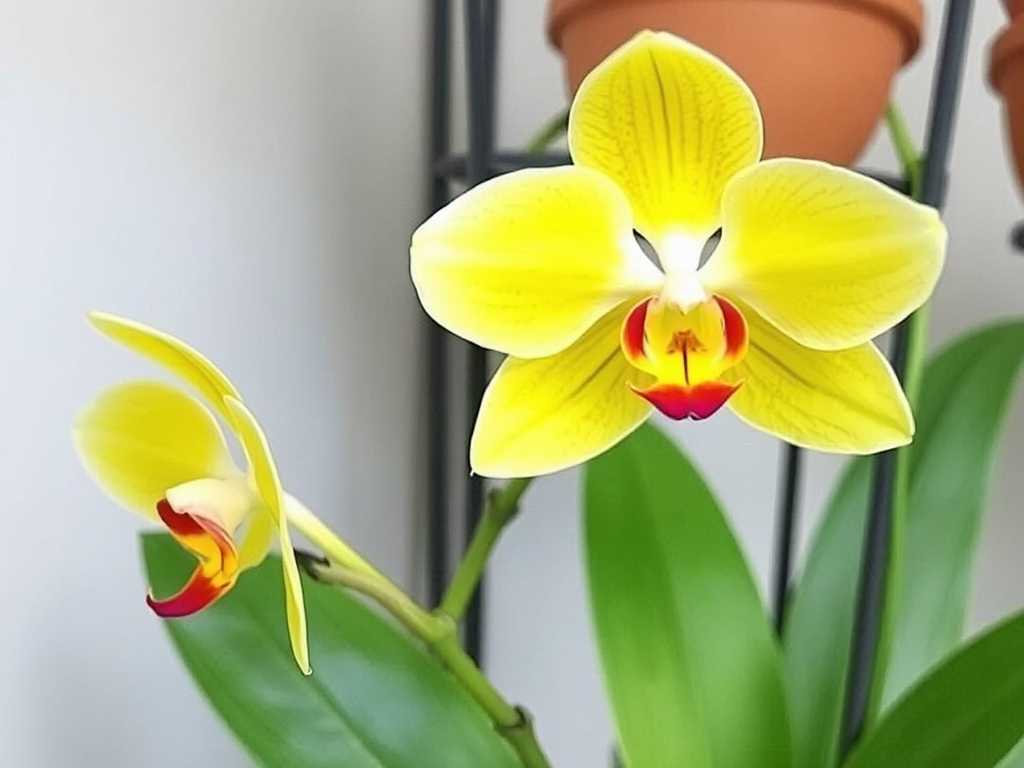
By providing the right balance of light, temperature, water, and food, you are setting the stage for a magnificent display. The effort you put into understanding these core care methods will be repaid with elegant, long-lasting blooms that make cymbidiums some of the most treasured orchids in the world.
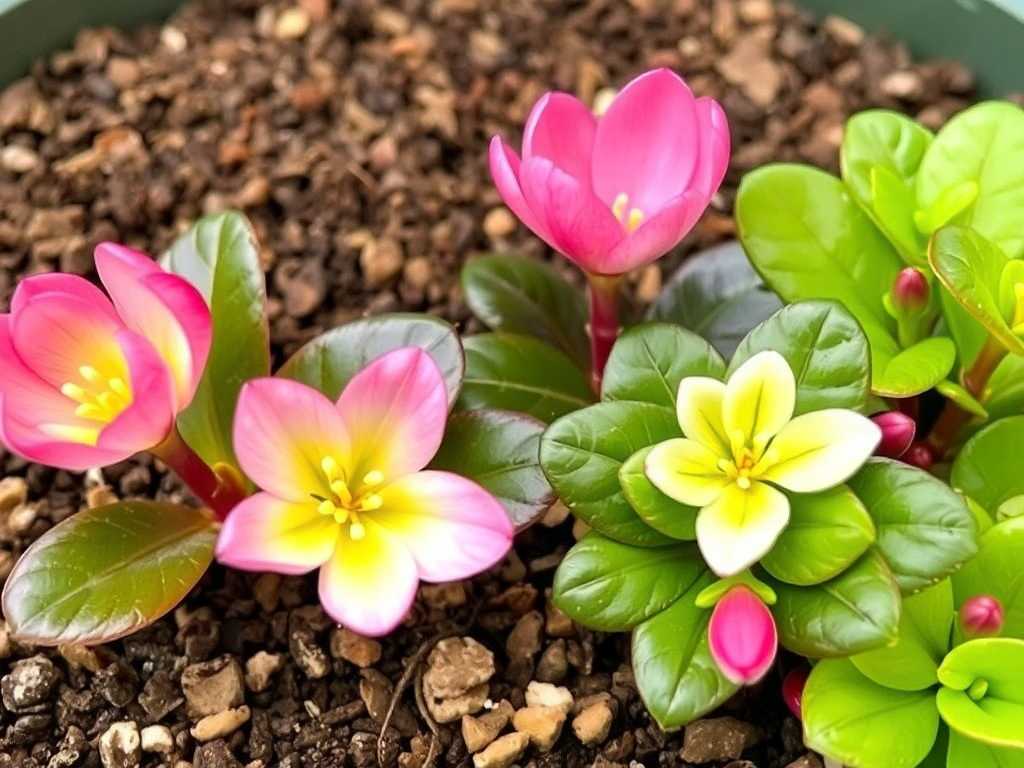
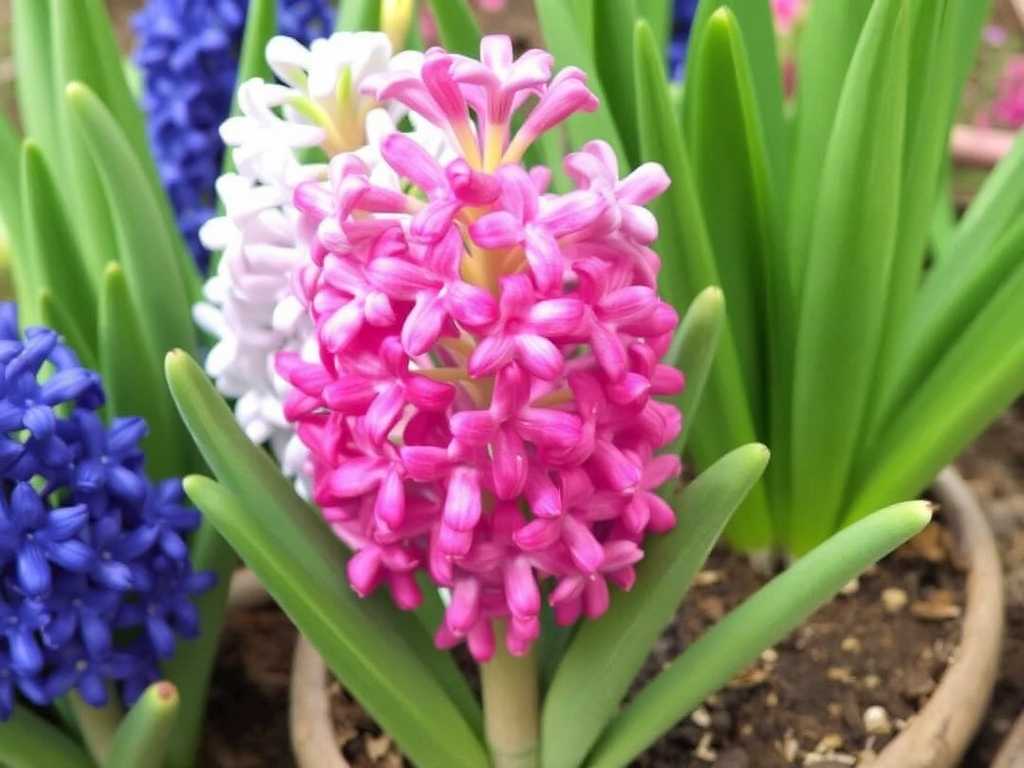
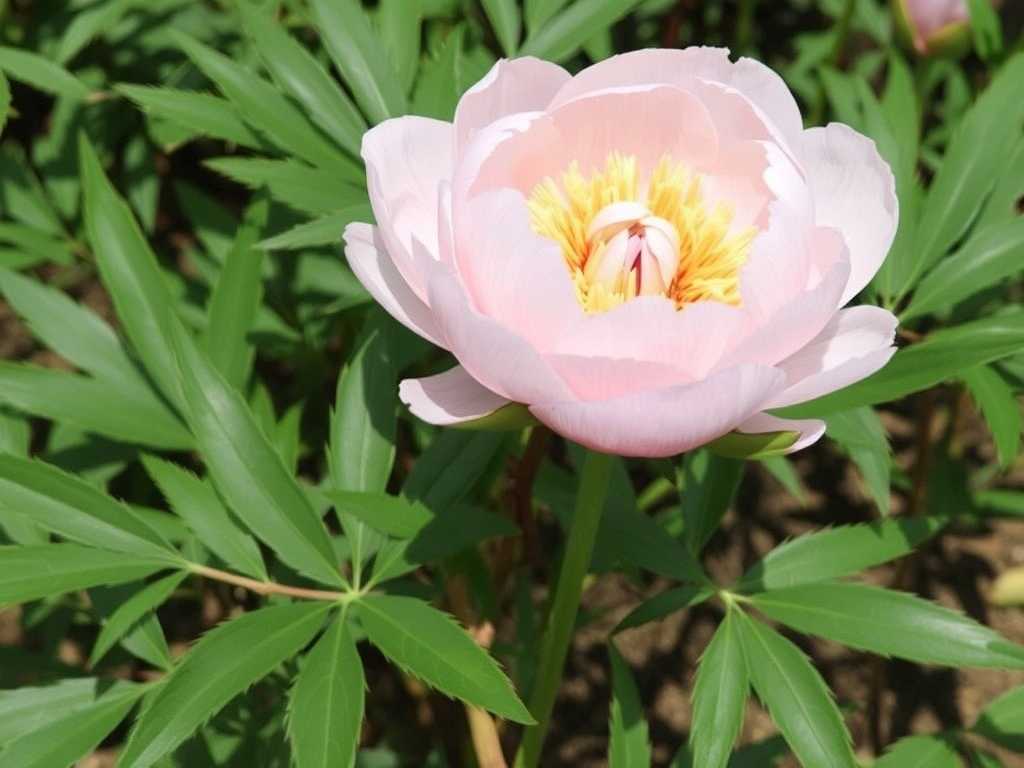

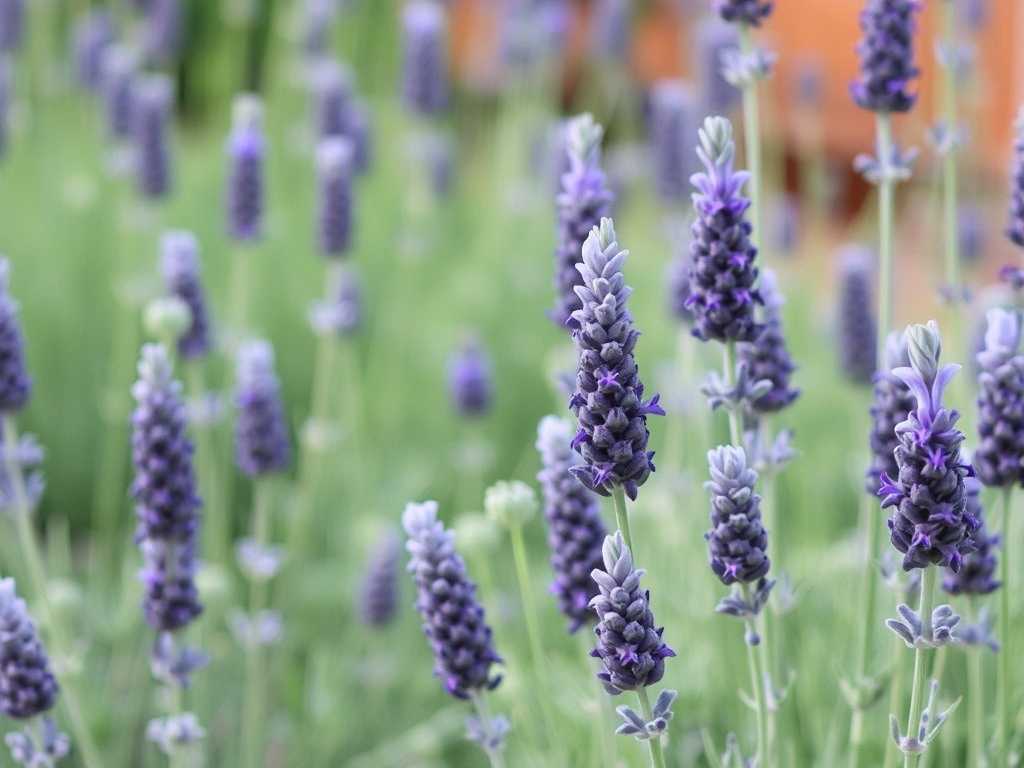
发表评论